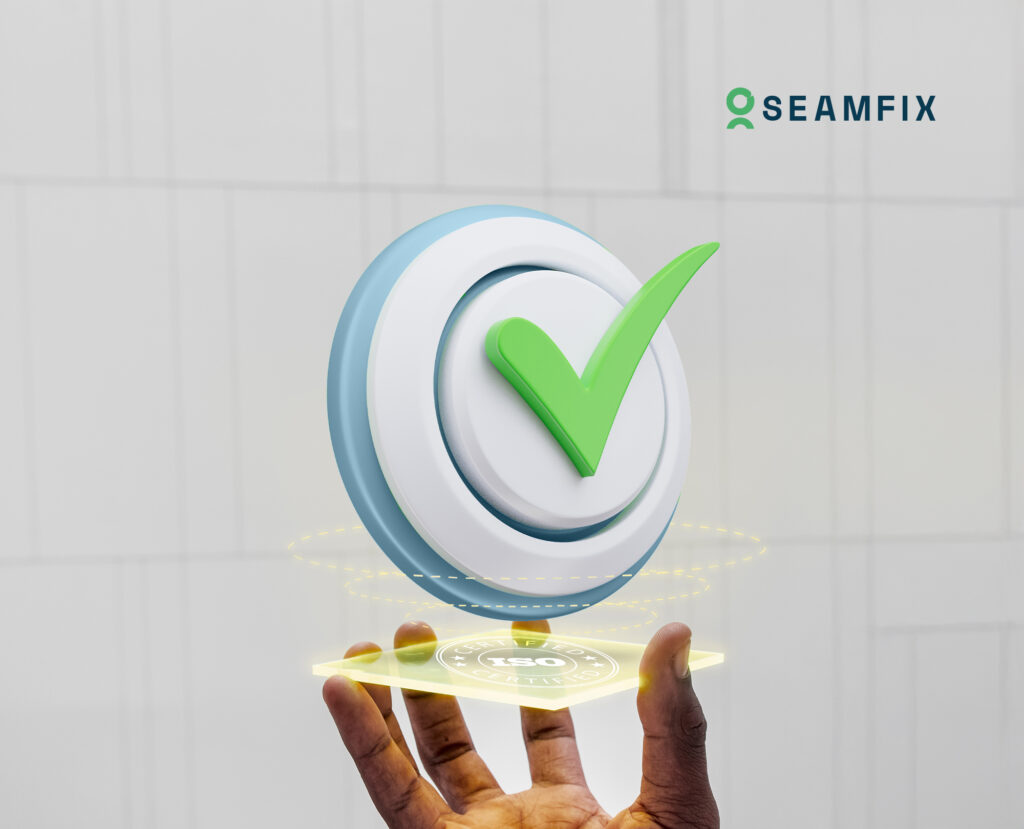In 2019, British Airways faced a staggering £183 million fine for a data breach that exposed the personal information of around 500,000 customers. This incident, tied to failures in meeting GDPR requirements and ISO/IEC 27001 compliance, underscores the critical importance of robust information security measures.
For institutions striving to meet international standards, ISO compliance is a critical milestone. The benefits are clear; enhanced security, improved customer trust, and a competitive edge in the market. But achieving compliance, particularly with standards like ISO/IEC 27001, can feel daunting. One of the essential requirements under this framework is implementing Multi-Factor Authentication (MFA) to secure sensitive systems and data.
The Role of MFA in ISO 27001 Compliance
ISO/IEC 27001 emphasizes robust information security, requiring businesses to implement effective measures to safeguard data and systems. Among these, MFA is a game-changer. It addresses key security controls by ensuring that only authorized personnel can access critical systems. This aligns with ISO’s focus on minimizing unauthorized access risks and protecting sensitive information.
How MFA Helps with ISO Compliance
Implementing MFA ensures businesses meet ISO standards by:
- Adding an additional layer of security beyond passwords, satisfying ISO 27001 security requirements.
- Mitigating Human Error by acting as a fail-safe against such vulnerabilities.
- Enabling Audit-Ready Systems as ISO audits require evidence of secure access management.
Seamfix iAM: A Practical Solution
For institutions looking to implement MFA seamlessly, Seamfix’s iAM offers a tailored approach. Designed with compliance in mind, it addresses the challenges businesses face when adopting new security tools.
Key Features of Seamfix’s iAM
- Enjoy multi-factor authentication with biometric technology, this ensures the highest level of security.
- Granular access control based on user roles, ensures that users only access resources necessary for their job functions.
- Single Sign-On (SSO) ensures seamless access to multiple applications with one set of credentials.
- It easily integrates into existing systems, ensuring minimal disruption to operations.
Steps to Implement MFA for ISO Certification
- Assess Your Systems: Identify which areas of your infrastructure require MFA to meet ISO compliance.
- Select the Right Solution: Look for tools like Seamfix’s iAM that align with your business needs and ISO standards.
- Educate Your Team: Train employees on how MFA works and why it’s critical for compliance.
- Monitor and Maintain: Regularly review your systems to ensure ongoing compliance and security.
Realizing the ROI of ISO Compliance
While meeting ISO 27001 MFA requirements might seem like a regulatory chore, it offers long-term value. Businesses that invest in compliance tools like Seamfix’s iAM enjoy the following benefits
- Reduced risk of breaches and reputational damage.
- Streamlined processes that align with best practices.
- ISO certification that signals trustworthiness to clients and partners.
With Seamfix, you can meet ISO 27001 security requirements, secure your business, and focus on growth.
Ready to make ISO compliance easy? Get Started with Seamfix iAM today.
Need to see a demo first? Click the link below to request one!






